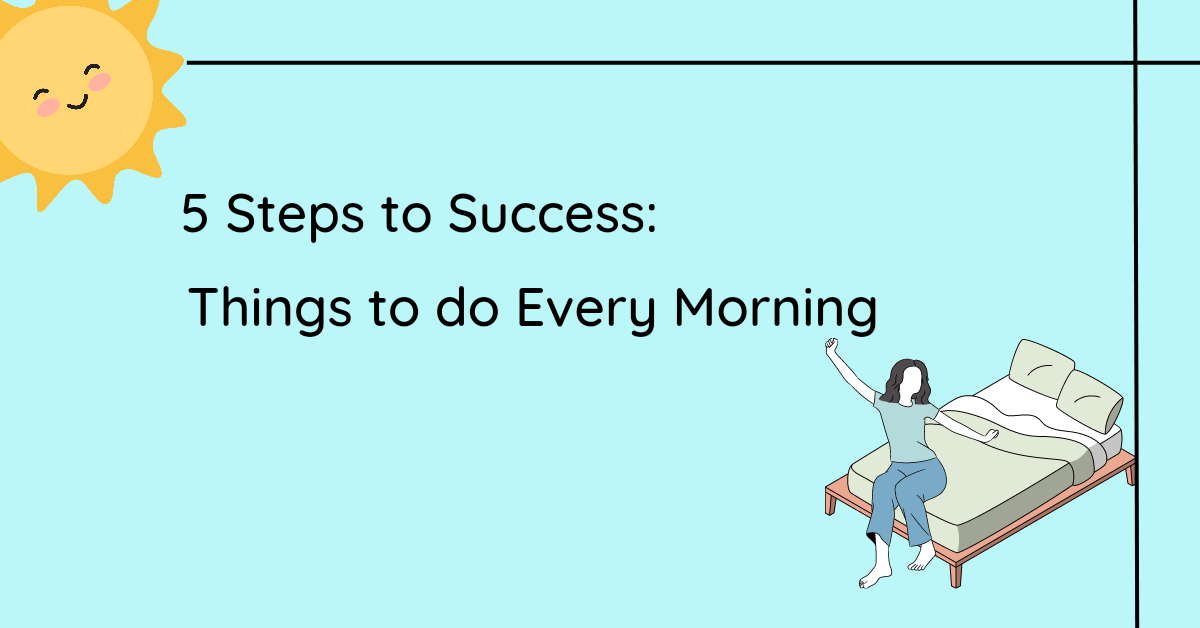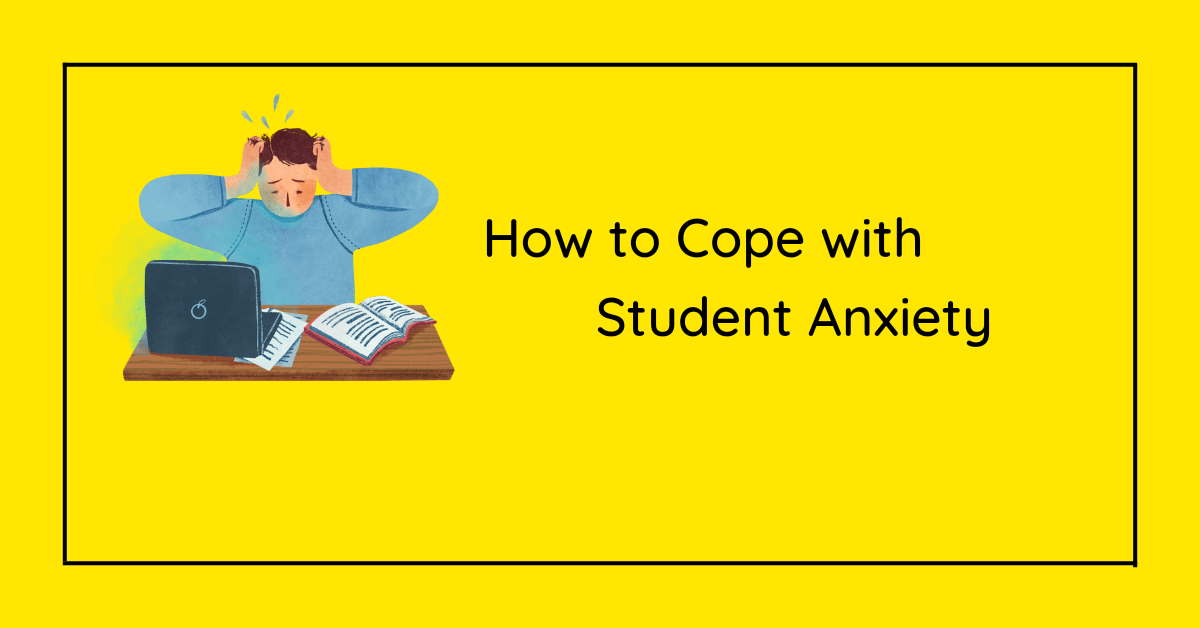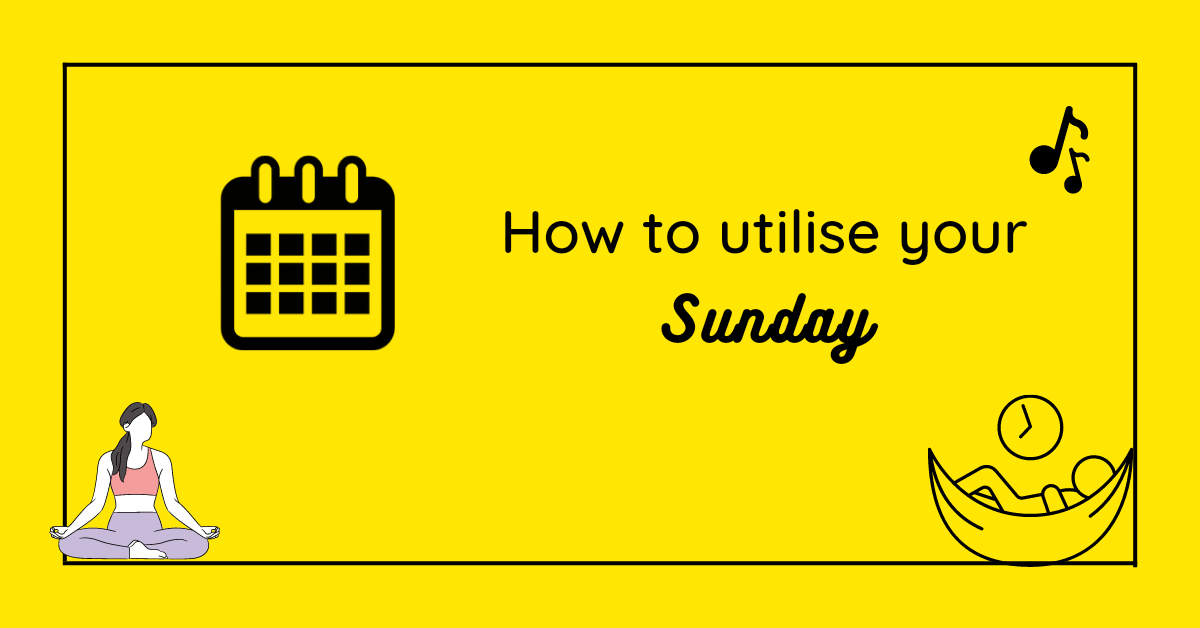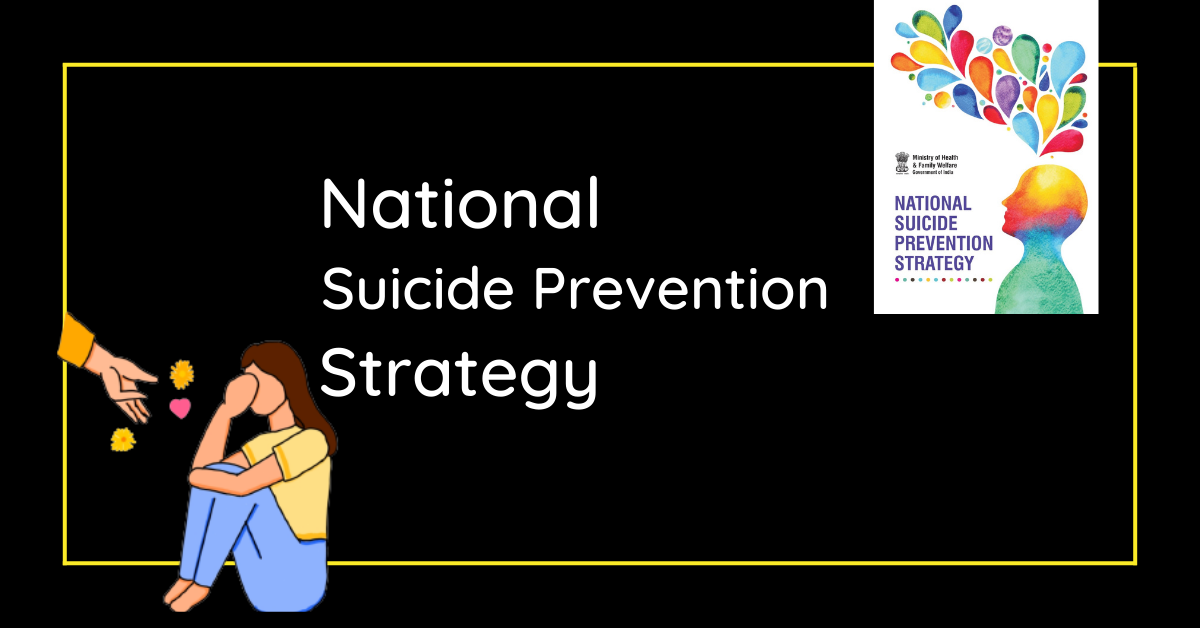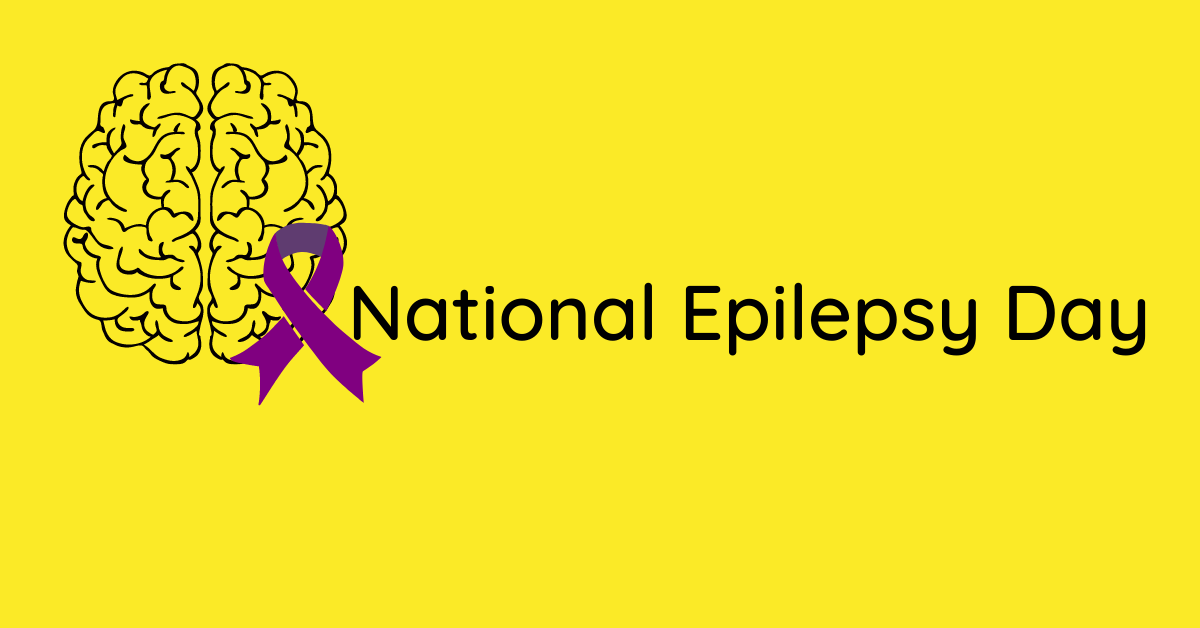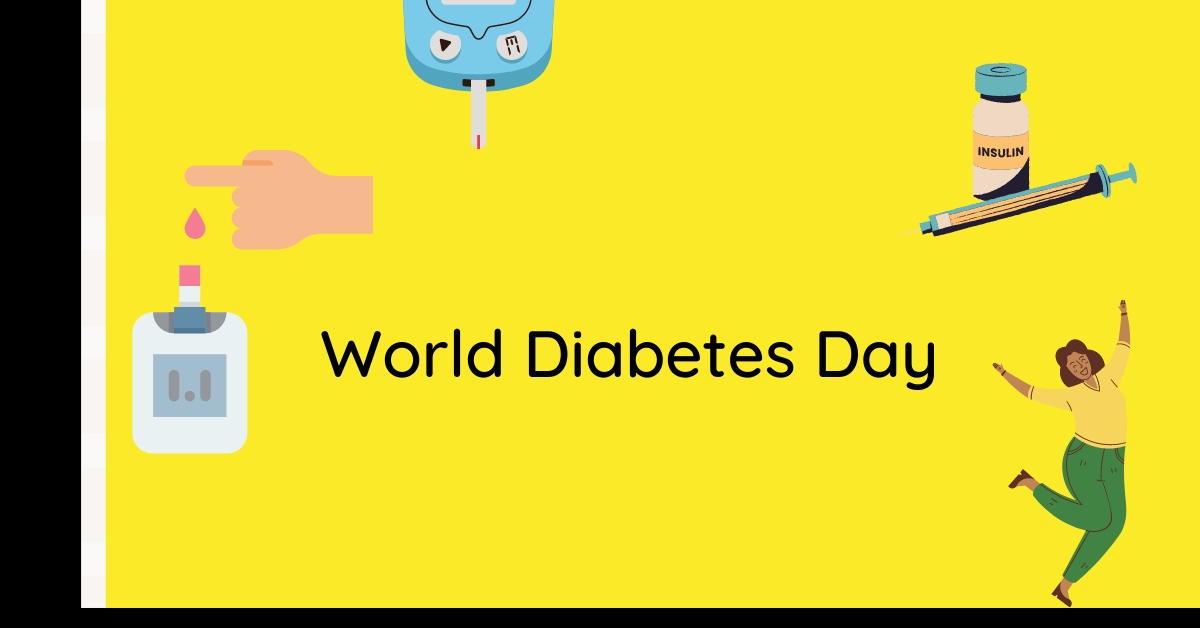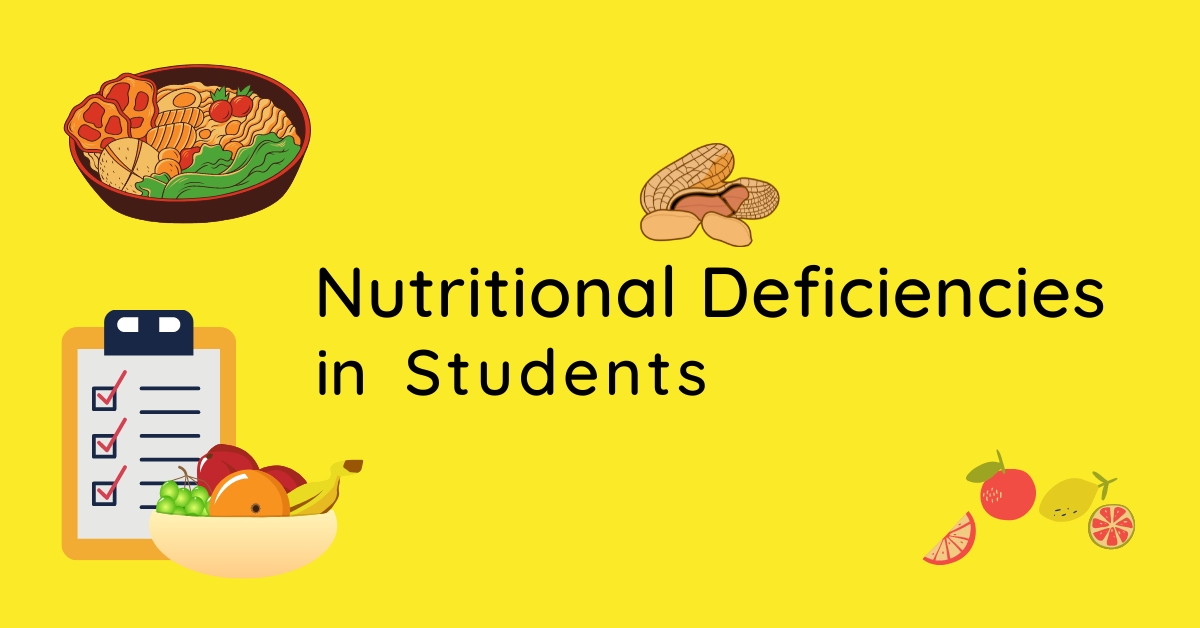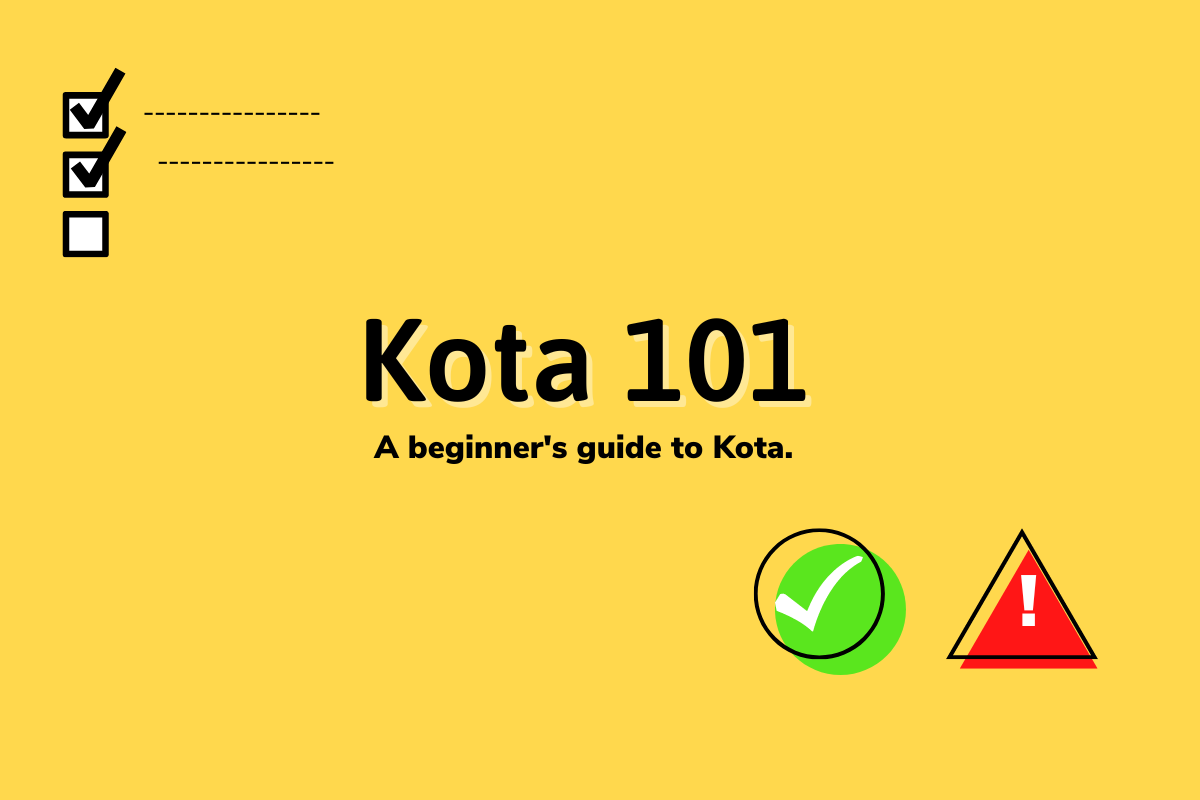Successful people don’t do different things, they do normal things differently. It is very much evident that people who are excelling in their fields have a different approach to their quotidian day-to-day things. One such paramount thing is their morning routine. Do you want to perform exceedingly well in your field? Putting in some extra effort would make huge differences in no time. A structured morning routine will encourage you to set up your day realistically, which will promote mental and physical wellness.
But before you get cracking with your everyday tasks, here is a simple list of things you can do to make the most of your day.
5 things to do in the morning for being successful:
- Clean your surroundings: First things first, clean your bed after waking up. This way your sleeping area would become clutter-free, and so be your brain. Sometimes you encounter inner resistance and laziness, there are days when you don’t want to leave your bed and even doing your bed seems a hefty task. But don’t succumb to your inner resistance, instead, take it as the very first achievement of your day. Completing this very first task will boost your morale to stretch your limits throughout the day. This brings you a sense of accomplishment and satisfaction to fight your everyday battles.
2. Self-affirmations would work wonders
Morning is the time when you can visualise some positive affirmations for yourself. This will create self-belief in you.
Self-care is the key to better health and wellness. Your state of mind in the morning can influence your whole day ahead. It’s quite natural that you doubt yourself and your capabilities sometimes, but starting your day on this note would make you feel gloomy and upset all day. Try to channelise your new morning energy into positive thoughts, you will gain the strength to tackle all the odds. A dramatic increase in self-confidence and efficiency can be achieved by this simple act. Repeat your affirmations daily with a firm belief and intention.
3. Greet yourself
Most of us greet our elders and senior professionals, but we forget to greet ourselves or respect ourselves. While sitting on the bed or standing on the balcony, greet yourself aloud: “good morning to me. A beautiful day is awaiting me and I will accomplish all my tasks today.”
Feel the positivity and warmth in your aura. The energy you feel when you realise your capabilities is surreal. Instead of seeking social validation and acceptance, start treating yourself the way you want to be treated right from the beginning of your day. You won’t need any external stimulation or materialistic things to make you feel happy.
Drink a full glass of lukewarm water or tea/coffee by the side of your window or on the balcony with your unfiltered thoughts. Nourish your individuality by paying heed to your notions in the early morning. You become what you visualise, hence start your day with a positive mindset.
4. Plan out your day
There are fewer chances of slipping into your old habits when you have a list of things to do. Get up early in the morning, or at least wake up at a fixed time and save some extra time in your hands to organise your to-do list for the day. This way you can prioritise your important things and revisit your short-term goals. There are dime a dozen examples of achievers who got success by changing their habits.
Although it is possible that you might not be able to accomplish all your tasks, ticking off even a few things, in the beginning, is quite okay. Don’t overburden yourself.
5. Spend some time in nature: the antidote to exhaustion
Nature and music are the best healers. A recent study published in the International Journal of Mental health and addiction,2022 determined that mental health conditions like anxiety can be effectively cured by nature therapy. Go for some light stretching exercises or brisk walking in your garden area or porch along with motivational music or any music of your choice. Music and workout is the best fit to relax your mind and body.
Meditate and fit in a workout:
Data suggests that physically fit individuals have more productivity throughout the day. Your physical health reflects your mental health. Therefore, to be in the highest of your spirits, one must include workouts and meditation in their daily regimen.
Meditation and mindfulness relax your mind, resulting in positive affirmations. Take time to sit with your thoughts and visualise yourself to achieve your goals.
Each day brings new challenges and obstacles, but performing a retrospective by looking back at your previous achievements would encourage you for betterment. These morning routine tips are easy to follow, and religious follow-up of a morning routine can do wonders if you want to achieve great heights of success.
Along with these tips, we have gathered some scientific research that can increase your efficiency manyfold.
Avoid scrolling down your phone during the initial hours
Most people these days tend to check their phones as soon as they wake up. Scrolling down your phone leads to a waste of your crucial time which will put you on a guilt trip for the rest of day.
What are the ill effects of checking your phone first in the morning?
Sleep cycle in terms of waves can be roughly represented as:
Delta waves(deep sleep) —– Theta waves(light sleep) —-alpha waves(just awake)— Beta waves(fully awake )
The human brain when switches from deep sleep to light sleep, makes a transition from the delta waves to theta waves, which then move and produce alpha waves when the person is just awake but the brain is not highly active. When the brain starts processing information and complex thinking, it reaches the beta stage.
By scrolling your phone first in the morning, your body makes a skip from delta(deep sleep) to direct beta stage( wide awake), leaving theta and alpha stages. This sudden transition can be risky in the long run as it puts an excess burden on your brain for making the quick switch.
According to the Scientific American reports, the theta stage has a very vital role as the mind’s free flow ideation and subconscious visualisation occurs in this state. Your subconscious mind plays a very important role in visualising your near future and becoming what you want to become.
Article by Alishka Kushwaha


